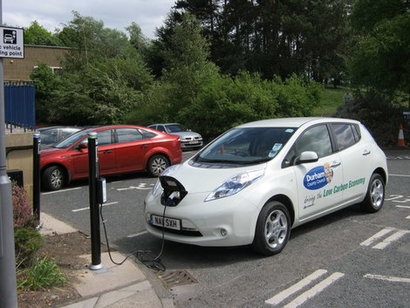
A total of 32,721 BEVs joined the road in September, the best monthly performance ever, reflecting the wide range of models now available and growing consumer appetite.
However, supply issues caused by semiconductor shortages continue to plague the industry. The ongoing shortage of semiconductors has impacted vehicle availability, the 2021 performance was down some -44.7 percent on the pre-pandemic ten-year average.
The fall in new car registrations fall represented the weakest September since 1998, before the twice-a-year numberplate system was introduced.
Plug-in hybrid (PHEV) share also grew to 6.4 percent, meaning more than one in five new cars registered in September was zero-emission capable. Meanwhile, hybrid electric vehicles (HEVs) grew their overall market share from 8.0 percent in 2020 to 11.6 percent, with 24,961 registered in the month.
Looking at market segmentation, private demand was down -25.3 percent with 120,560 new registrations in the month, but a bigger fall was recorded in large fleets, which declined by -43.1 percent to 90,445 units. As a result of the month’s disappointing performance, registrations year to date are now only 5.9 percent ahead of 2020 figures, and -29.4 percent down on the pre-pandemic decade-long average.
“Despite strong demand for new vehicles over the summer, three successive months have been hit by stalled supply due to reduced semiconductor availability, especially from Asia” said Mike Hawes, SMMT Chief Executive. “Nevertheless, manufacturers are taking every measure possible to maintain deliveries and customers can expect attractive offers on a range of new vehicles. Despite these challenges, the rocketing uptake of plug-in vehicles, especially battery electric cars, demonstrates the increasing demand for these new technologies. However, to meet our collective decarbonisation ambitions, we need to ensure all drivers can make the switch – not just those with private driveways – requiring a massive investment in public recharging infrastructure. Chargepoint roll-out must keep pace with the acceleration in plug-in vehicle registrations.”
For additional information:

